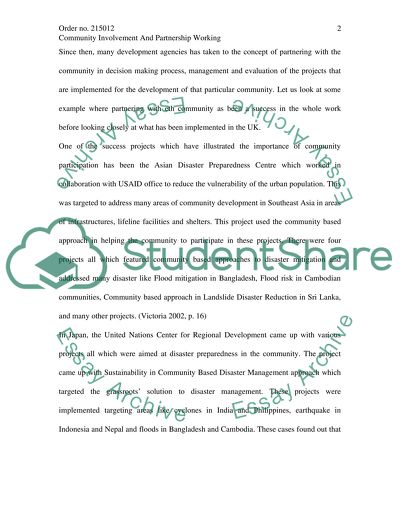Cite this document
(“Community Involvment and Partnership Working Essay”, n.d.)
Retrieved de https://studentshare.org/sociology/1530126-community-involvment-and-partnership-working
Retrieved de https://studentshare.org/sociology/1530126-community-involvment-and-partnership-working
(Community Involvment and Partnership Working Essay)
https://studentshare.org/sociology/1530126-community-involvment-and-partnership-working.
https://studentshare.org/sociology/1530126-community-involvment-and-partnership-working.
“Community Involvment and Partnership Working Essay”, n.d. https://studentshare.org/sociology/1530126-community-involvment-and-partnership-working.


